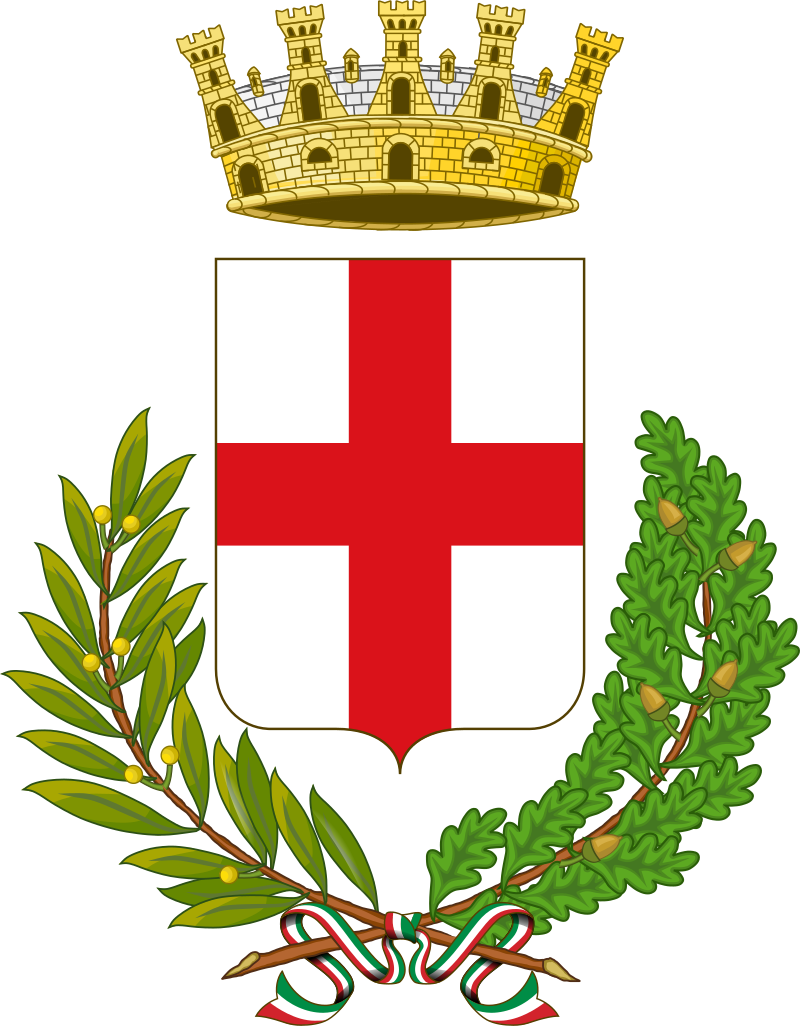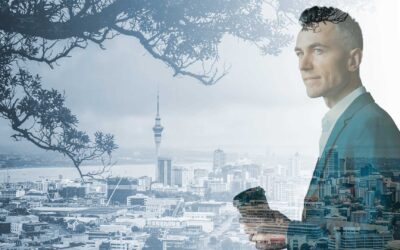Travelling to Milan?
Are you planning on travelling to Milan for work? Get to know one of Europe’s most fashionable cities in this guide for business travellers.
Founded by a Celtic tribe under the name of Medhelanon (or “settlement in the midst of a plain”), the modern city of Milan has lived a rich and storied life that stretches back over a thousand years. From becoming the capital of the Western Roman Empire to holding the torch for art, politics, and fashion during Europe’s enlightened Renaissance period, the north Italian city at the foot of the Alps continues to thrive.
Considered by many as one of the fashion capitals of the world – unsurprising when you consider it’s home to luxury brands including Prada, Armani, and Dolce & Gabbana – it can be easy to overlook Milan as just a place for those in the business of clothes and catwalks. Look a little closer and you’ll find a wealth of opportunities for corporate travellers across industries; it’s the wealthiest city in Italy, the home to the country’s stock exchange, a major centre of art and culture, and a thriving hotel and hospitality hotspot.
In this comprehensive guide for business travellers, we help you navigate Milan’s unique business ecosystem, share practical tips for getting around, and highlight our top 3 things to see or do to make your trip unforgettable.
Milan Fact File

The Milan coat of arms, featuring a samnite shield with a red cross.
Milanese (regional)
- Summer (Jun–Aug): 29°C (84°F)
- Autumn (Sep–Nov): 17°C (63°F)
- Winter (Dec–Feb): 6°C (43°F)
- Spring (Mar–May): 16°C (61°F)
Getting To Milan
By Air
Milan Malpensa Airport (MXP) is northern Italy’s largest and busiest international airport. Located about 30 miles (48 km) northwest of the city centre, travellers can reach central Milan via the Malpensa Express train, which connects directly to Milano Centrale and Cadorna stations.
For domestic and short-haul European flights, Milan Linate Airport (LIN) offers a closer option, situated just 5 miles (8 km) east of the city. Both airports provide convenient onwards connections across Italy and Europe.
By Road
Milan lies at the heart of northern Italy’s extensive motorway network. Major autostrade (motorways) such as the A1 from Bologna and Florence, the A4 from Turin and Venice, and the A7 from Genoa all converge near the city, making it an easy destination for drivers arriving from across Italy and neighbouring countries.
Drivers can follow clearly signposted routes toward the Tangenziale, a ring road system that helps direct traffic around Milan’s centre. Parking in the historic core is limited.
By Rail
Milano Centrale serves as the city’s principal station and one of Europe’s busiest. Located just north of the city centre, it offers high-speed connections to major Italian destinations such as Rome, Florence, Venice, Turin, and Naples.
International trains also link Milan directly with Zurich, Geneva, Paris, and Munich, making it an ideal base for European travel. The high-speed Frecciarossa and Italo services provide journeys between Milan and other major cities, often in just a few hours.
Business Culture & Etiquette
Milanese business culture is shaped by the city’s long-standing role as Italy’s financial, industrial, and fashion capital. Professionalism is combined with a strong sense of hierarchy. Senior executives are accorded formal respect, and decision-making often rests with higher management.
Italian is the primary language in most business settings, though English is commonly used in multinational companies, fashion houses, and international trade meetings. It’s common for initial meetings to start with casual conversation over espresso or cappuccino – trust and personal rapport are considered just as important as formal contracts or conversations.
Appearance carries significant weight in Milan. Business attire is not just formal but also stylish. Men typically wear dark tailored suits, crisp shirts, and leather shoes, while women favour elegant dresses or suits with understated accessories.
A Few Other Business Etiquette Top Tips
-
Lunch is typically from 12:30 to 2:30 pm, and dinner from 7:30 to 9:30 pm. Scheduling meetings over meals should respect these rhythms.
-
Wine is frequently served with meals in business settings. A polite “Salute!” or raising your glass is customary before drinking.
- Address colleagues and clients with “Signore” (Mr.) or “Signora” (Mrs.) followed by their surname.
Crime & Safety
Milan is generally safe for business travellers. Italy’s overall crime rate has steadily declined in recent years, and Milan remains one of the country’s most secure cities for tourists and professionals. In fact, nearly 60% of all the 144,864 crimes reported in Milan in 2023 were non‐violent property crimes.
For business travellers, the most frequent incidents involve pickpocketing, particularly around busy tourist areas such as Milano Centrale railway station, the Duomo, and Corso Buenos Aires. Business districts and central neighbourhoods like Brera and Porta Nuova are well-policed and considered very safe, especially during the day.
It should be noted that Milan, as part of the Po Valley region, has some of the highest levels of airborne pollutants in Europe. Fine particulate matter (PM2.5/PM10) and nitrogen dioxide frequently exceed World Health Organization (WHO) guidelines, so make sure to be aware if you have respiratory issues or are sensitive to air pollution.
A Few Other Crime & Safety Tips
- The emergency number for Italy is 112.
- Milan has implemented measures such as the “Area C” congestion charge zone to reduce traffic, encourage public transport, and lower exposure to vehicle-related accidents.
- In summer, temperatures often exceed 30–33°C (86–91°F), with humidity making it feel hotter. Make sure to stay hydrated and avoid outdoor meetings in the early afternoon.
Getting Around Milan
By Metro
Milan’s metro system, operated by ATM, is a fast way to get around the city. With five lines (M1–M5) connecting key business areas such as Duomo, Porta Nuova, and Fiera Milano. Trains run frequently from early morning until late at night, and tickets can be purchased via contactless payment or the ATM app. A single ticket is valid for 90 minutes across metro, trams, and buses.
By Tram
Milan’s extensive tram network runs between central districts like Brera, Navigli, and Porta Venezia. Operated by ATM, trams are a reliable choice for short to medium trips within the city centre. Tickets are integrated with other public transport options, and modern trams are equipped with air conditioning and digital displays.
Taxis & Ride-Hailing
Taxis and ride-hailing options such as Uber and Free Now are widely available throughout Milan. They’re especially useful for airport transfers, late-night meetings, or reaching destinations outside the metro network. Official taxis can be booked via app, at designated ranks, or by phone, with fares regulated by the city.
Top 3 Things to See or Do in Milan
If you find yourself with a bit of free time on your business trip, Milan is a city with a rich history and offers plenty to see and do. Here are our top 3 recommendations…
1. Duomo di Milano
The Duomo di Milano is Milan’s most iconic landmark and a masterpiece of Gothic architecture. Taking nearly six centuries to complete, it’s one of the largest cathedrals in the world and a must-see for any visitor. Business travellers with limited time can still enjoy a quick visit to the rooftop terraces, where panoramic views of the city and the distant Alps make for an unforgettable experience. Inside, the intricate stained glass windows and marble carvings reflect Milan’s deep artistic and spiritual heritage.
2. Galleria Vittorio Emanuele II
Adjacent to the Duomo, the Galleria Vittorio Emanuele II is an elegant 19th-century shopping arcade often referred to as Italy’s “living room”. Beneath its soaring glass dome, visitors can browse luxury boutiques such as Prada, Gucci, and Louis Vuitton, or enjoy espresso in one of its historic cafés like Camparino in Galleria. It’s the perfect place for business travellers to unwind between meetings, offering a blend of art, fashion, and Milanese sophistication all under one stunning roof.
3. Santa Maria delle Grazie Convent
Leonardo da Vinci’s The Last Supper is one of the world’s most celebrated artworks, housed within the refectory of the Santa Maria delle Grazie convent. Visiting this masterpiece offers a rare opportunity to stand before history, but advance booking is essential, as entry slots are limited. The experience is brief yet profound, capturing Milan’s spirit of innovation and creativity that has influenced art and culture for centuries. It’s an inspiring stop for anyone visiting the city on business or leisure.
Discover Milan, a City with a Heart for Fashion and a Brain for Business…
Milan is a city that thrives on being different, a place where business ambition meets unmistakable Italian flair. It’s not just a financial powerhouse, with foundations in the Italian stock market, but a living showcase of design, culture, and innovation. Between high-powered meetings in sleek glass towers, you’ll find yourself surrounded by centuries of history, from the awe-inspiring Duomo to the artistic legacy of Leonardo da Vinci. The city’s energy spills out into its streets and cafés, where locals and visitors alike blend work with pleasure over an espresso or aperitivo. Efficient transport, refined dining, and endless opportunities for inspiration make Milan a city that rewards those who embrace its rhythm. For the business traveller, Milan isn’t just a destination, it’s an experience that fuels creativity, connection, and a true taste of la dolce vita.
City Guides
Auckland: A Business Traveller’s Guide
Known as Tāmaki Makaurau (‘Tāmaki desired by many’) in the nation’s indigenous Māori language, Auckland sits on the pointed tip of New Zealand’s northern island, nestled between the Pacific Ocean and the Tasman Sea. Many of the world’s leading organisations with dealings in Oceania own an office in the Auckland Central Business District (CBD), particularly those invested in finance, commerce, and tourism – the largest markets in the area. In this comprehensive guide for business travellers, we help you navigate Auckland’s unique business ecosystem, share practical tips for getting around, and highlight our top 3 things to see or do to make your trip unforgettable.
Johannesburg: A Business Traveller’s Guide
Nestled on the high plateau of the Highveld region, some 1,700 m above sea level, Johannesburg (often called Jo’burg or Jozi) is South Africa’s economic powerhouse. Founded in 1886 following the gold rush, it quickly grew into a magnet for commerce, drawing people from across the continent. In this guide, we take you through navigating Johannesburg’s unique business ecosystem, share practical tips for getting around, and highlight our top 3 things to see or do to make your trip unforgettable.
Toronto: A Business Traveller’s Guide
Located on the north-western shore of Lake Ontario, Toronto is a vibrant metropolis known for its multiculturalism, thriving economy, and global business influence. Originally founded in the 18th century as a British colonial town named York, the city adopted the Indigenous name “Toronto” in 1834 – thought to derive from the Mohawk word tkaronto, meaning “where trees stand in the water.”
Today, Toronto is Canada’s financial and tech capital, home to the headquarters of major banks, global consulting firms, and innovative startups. With one of the most diverse populations in the world and a booming downtown core, it’s an ideal destination for international professionals. In this comprehensive guide to Toronto for business travellers, we delve deeper into navigating the city’s unique corporate landscape, offer our top tips for getting around, and pick out our top 3 things to see or do to make your trip unforgettable.
CALL US
01206 716 111
EMAIL US
info@gdg.travel
ALWAYS HERE
Mon - Sun, 24 hours a day
LET'S TALK
Fill in the form below and we'll get back to you as soon as we can.


